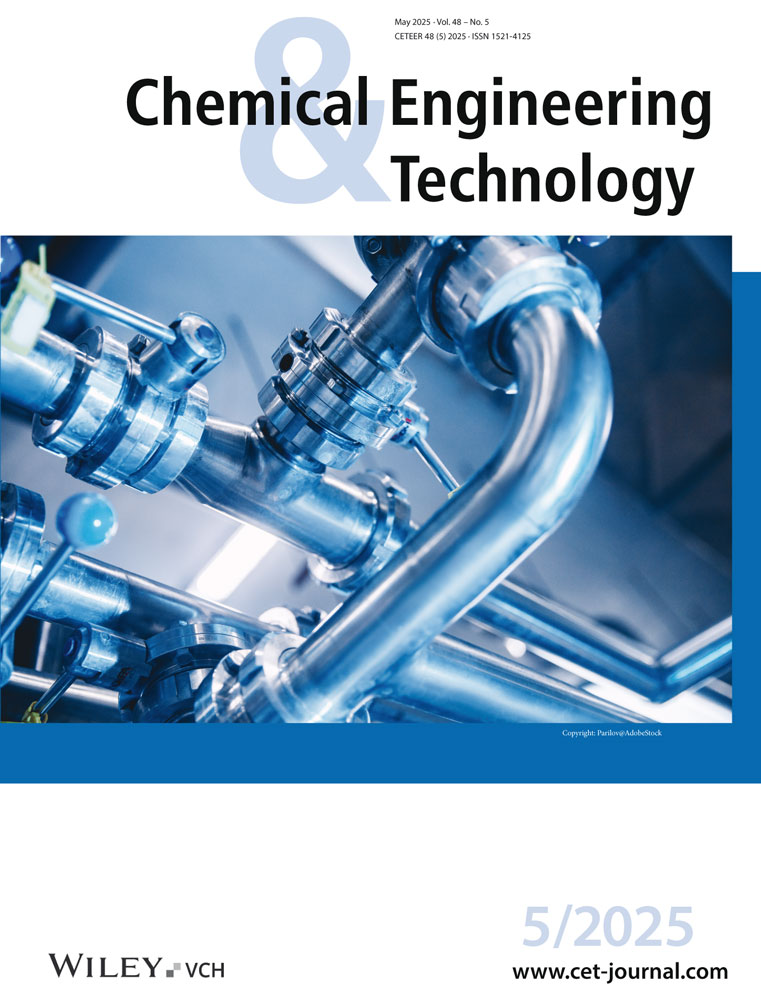Effect of Operating Velocity of Mass Transfer in a Fluidized Bed Using a Bubble-Based Approach
Abstract
In the bubbling fluidization system, the non-uniform effect of bubble mesoscale structure does not only affect the momentum transfer process between gas and solid phases but also further affects the mass transfer process. In this study, based on a multiscale model considering the bubble impact, the mass transfer behaviors in a bubbling fluidized bed under different operating conditions are simulated. Taking the ozone decomposition process as an example, the influencing mechanism of bubble behaviors on mass transfer under different operating conditions is explored. The results show that increasing the operating velocity can enhance the gas–solid contact efficiency and promote the total amount of ozone decomposition. Owing to the decrease of residence time, the purification degree of the outlet ozone is reduced with the increase of operating velocity.




